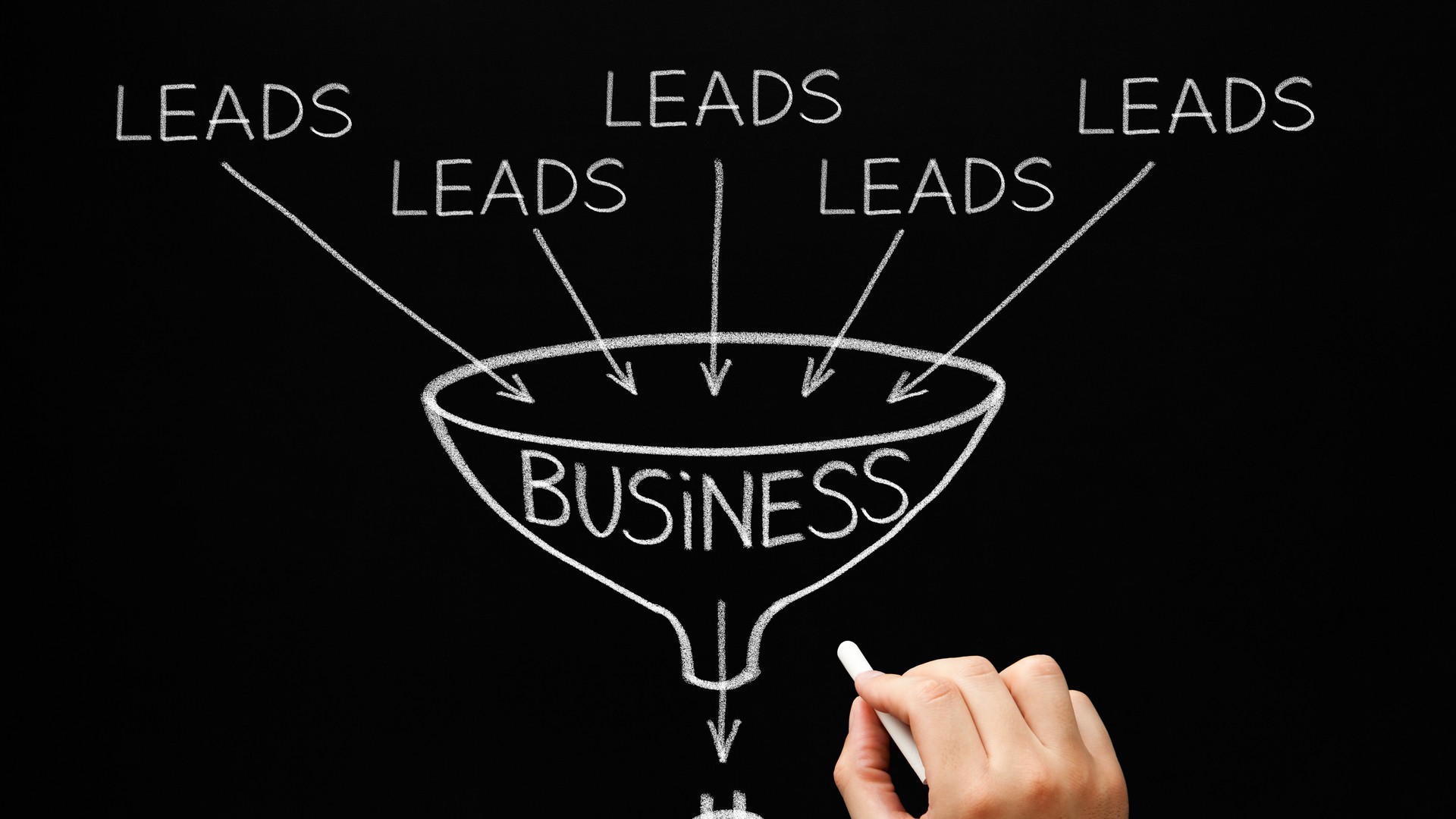Research shows that 48% of B2B buyers are bored by the marketing they see. This means almost half of your target customers are jaded by what your competitors are offering. Take this as a chance for your company to think outside of the box and capture their attention.
Rethinking your B2B sales development strategy can be difficult, but it's not impossible. With the right tools and knowledge, you can ensure you attract clients to your business.
Here's how to devise a winning B2B sales strategy.
Do Thorough Research
As with all sales and marketing strategies, you can't just jump into it blindly. Create your optimal buyer persona. Figure out what their pain points are, which channels they're on, and what their ideal customer journey is like.
Putting yourself in your clients' shoes shows a type of awareness that may not be present with your competitors. This can help immensely in both connecting with prospects and showing them how relevant your services and products are.
Rethink Your Pitches
In the past, your B2B marketing strategy probably involved calling qualified leads and convincing them why your product is what they need.
However, as we mentioned above, B2B buyers are jaded by these sales strategies. The majority don't appreciate a salesperson calling them and droning on about products, even if they seem ideal for addressing their pain points.
In fact, 59% of B2B buyers don't like interacting with sales reps. This is because they feel there's an obvious sales agenda these sales reps are pushing. Instead, they'd like efforts that provide them with a solution to their problem.
Because of this, your sales and marketing strategy needs to be more customer-focused, meaning your salespeople shouldn't just be talking at them. They should try to be active listeners and refrain from dominating the conversations. When potential clients feel like they're not being hit over the head with pitches, it's a lot easier to connect with them.
In addition to your pitches, you should also try and offer genuine advice to these prospects. For instance, maybe a CMO has a pain point of proving their services work. Not only should you pitch your product as a potential solution, but you should also offer them specific advice and recommend resources that are beneficial to their company.
When you can go above and beyond in your pitches and prove you're not just there to sell a product, this type of authentic connection can go a long way.
Tailor Your Approach With Strategic Selling
Your sale strategy shouldn't be a blanket approach for every point of contact. You speak differently to your company's marketing manager versus your CMO, so why should it be any different when it comes to your B2B sales strategy?
82% of leading C-suite executives use data to strengthen customer trust. As you can see, they're people driven by numbers and proven results, so when you want to speak with them, you need to come prepared with hard facts and numbers. Infographics are excellent for C-level executives; they're short and to the point, which is exactly what these busy people need.
On the other hand, other points of contact (such as marketing managers) are seeking products and solutions with great value propositions that address their pain points. They may not be the decision-maker, but they're certainly the initiator, and even the influencer in some cases.
They're the ones you can utilize case studies, eBooks, and other long-form content with. You want to supply them with content they can use as ammo when trying to persuade decision-makers.
As you can see, by taking a tailored approach to your B2B sales development strategy, you can provide each point of contact the information they need so you can nudge them along in the customer journey.
Focus on Account-Based Marketing (ABM)
On that note, you should focus on account-based marketing as well. Back in 2018, Gartner predicted that 75% of B2B technology service providers (TSP) would focus on ABM by 2019. So if you haven't yet, you need to shift your B2B sales tactic ASAP.
When you have an optimal B2B content marketing strategy, you'll get hot leads through the pipeline. Once you do, you need to hone in on just these leads instead of trying to spread yourself too thin.
For example, previously, you may have tried to target multiple companies across industries. But in reality, this is much too ambitious, and your strategy may fall flat.
With ABM, you carefully select a few hot leads (such as similar businesses within a niche industry). Then, you select a few channels and touchpoints to reach different stakeholders in the company.
Compare this with traditional sales and marketing. You'd also use several channels and approaches, but usually, these efforts wouldn't target just one or two stakeholders, but multiple ones across your leads.
By putting an emphasis on ABM, you can complement your selling strategy for a highly targeted effort that'll give you great ROI.
Create the Optimal B2B Sales Development Strategy Now
Growing a business takes lots of hard work, especially if you're in a B2B industry. Most prospects nowadays aren't impressed with straightforward pitches anymore, so you need to go above and beyond to gain their interest and trust.
If you're used to an outbound reach, then perhaps it's time to shift that focus more to inbound. Today's B2B buyers want to do their own research first. If you let prospects come to you instead of approaching them with an obvious sales agenda, this can pave the road for a much more effective B2B sales development strategy that'll create meaningful and lasting relationships with your customers.
If you're ready to grow your B2B company even further, then get in touch with us now. We'll help you create the right strategy at the right time.







